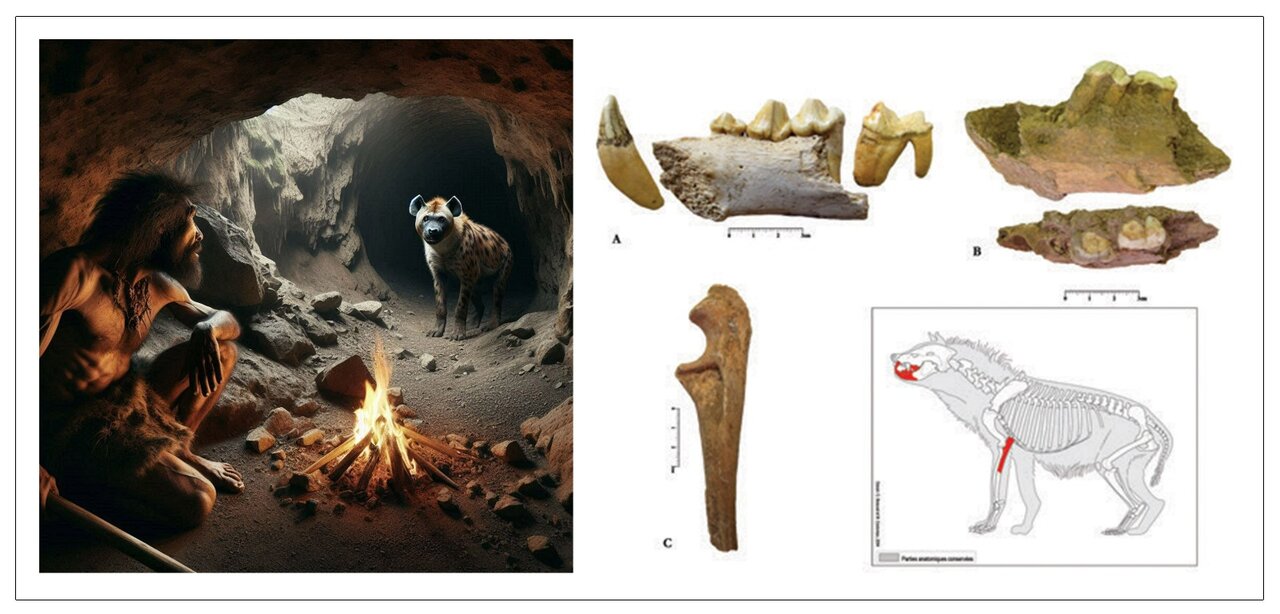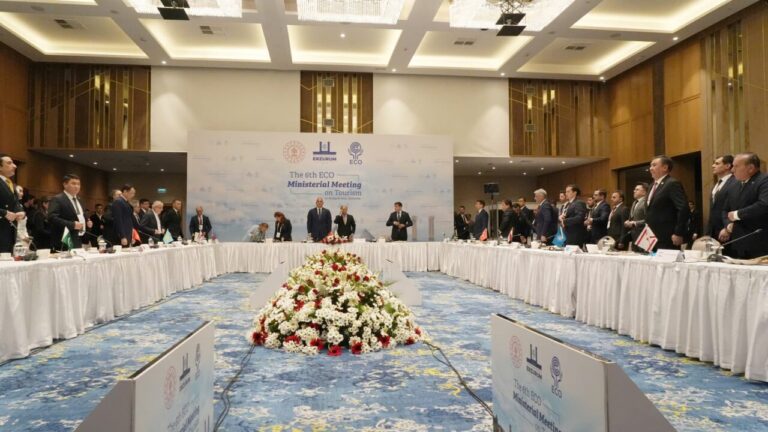
Similar Posts

Eco-Tourism Ministers Gather in Erzurum to Boost Regional Collaboration and Sustainable Travel Initiatives
The 6th Ministerial Meeting on Tourism organized by the Economic Cooperation Organization (ECO) was held in Erzurum, designated as the ECO Tourism Capital for 2025. Tourism leaders from nine ECO Member States discussed strategies to enhance regional tourism cooperation. ECO Secretary General Asad Majeed Khan emphasized tourism’s role in regional integration, while Turkey’s Minister of Culture and Tourism, Mehmet Nuri Ersoy, highlighted Turkey’s tourism achievements. Future ECO Tourism Capitals were designated: Lahore (2027), Mary (2028), and Karakol (2029). The meeting culminated in the “Erzurum Declaration,” promoting sustainable tourism development and the launch of the ECO Tourism Investment Guide to attract investments.

Iran: A Treasure Trove of History, According to Deputy Cultural Heritage Minister
During a recent event, Iran’s Deputy Minister for Cultural Heritage, Ali Darabi, emphasized the importance of preserving the country’s rich cultural heritage, describing Iran as a “roofless museum.” Speaking at the eighth gathering of collectors, Darabi highlighted the critical role collectors play in identifying, preserving, and promoting cultural assets. He noted that responsible collecting is a mission to safeguard cultural identity in an era of globalization. Darabi called for enhanced collaboration among collectors, museums, and government bodies to ensure Iran’s cultural legacy endures, stressing that maintaining connections to cultural roots is increasingly vital as societies evolve.

Celebrating 89 Years of Veresk: A Marvel of Engineering and Historical Significance
Veresk Bridge, an engineering marvel of the Trans-Iranian Railway, celebrates its 89th anniversary. Located in Veresk village, Iran, it was inaugurated on May 6, 1936, by Reza Shah Pahlavi, who addressed public concerns by having foreign engineers stand beneath it during the first train’s crossing. Standing at about 106 meters, with a 66-meter arch, the bridge was built by a diverse international workforce using primitive tools. It played a crucial role during WWII, earning the nickname “The Bridge of Victory.” In 2021, it was designated a UNESCO World Heritage site, symbolizing resilience and innovation in Iran’s transportation history.

Thrilling Off-Road Adventure Park Opens Near Tehran: A New Destination for Adventure Seekers!
An off-road tourism park was inaugurated in Alborz province, near Tehran, marking Iran’s first facility of its kind. Located at the Alborz International Exhibitions venue in Karaj, the park aims to enhance sports tourism by attracting both domestic and international enthusiasts. Provincial tourism official Ardeshir Darvishi emphasized the area’s potential, highlighting its unique geography and talented athletes. The park will offer diverse terrains, vehicle rentals, lodging, guided tours, and safety equipment. It aims to boost local economies by engaging the community and hosting events, positioning Alborz as a premier destination for adventure seekers and off-road sports.

Discover the Rabat Qoli Caravanserai: A Cultural and Commercial Gem in Northeastern Iran
The Rabat Qoli Caravanserai, located in North Khorasan’s Jajrom County, Iran, is a historic waystation from the Timurid and Safavid eras, highlighting Iran’s Silk Road legacy. Inscribed on Iran’s National Heritage List in 1996 and granted UNESCO World Heritage status in 2023, it exemplifies intricate architecture and cultural significance. Key features include a central courtyard, guest chambers, and service quarters, facilitating cultural exchange and commerce. This site, now a vibrant tourist attraction, plays a crucial role in preserving Iran’s heritage while promoting global awareness. Visitors can immerse themselves in its rich history and stunning architecture.

Golestan Province Celebrates Addition of Eight Cultural Heritage Gems to Iran’s Heritage List
Golestan province has recently added eight significant sites—five archaeological and three historical buildings—to Iran’s National Heritage List, enhancing its cultural heritage profile. Hamid Omrani Rekavandi, Deputy for Cultural Heritage, confirmed the registration, which underscores the province’s commitment to preserving its rich history. The newly registered sites reflect Golestan’s diverse landscapes and deep-rooted civilization, increasing the total count of registered cultural heritage sites to 1,040. This initiative aims to safeguard historical assets, raise public awareness, and boost tourism, ensuring long-term recognition and appreciation of Golestan’s cultural identity and historical significance.